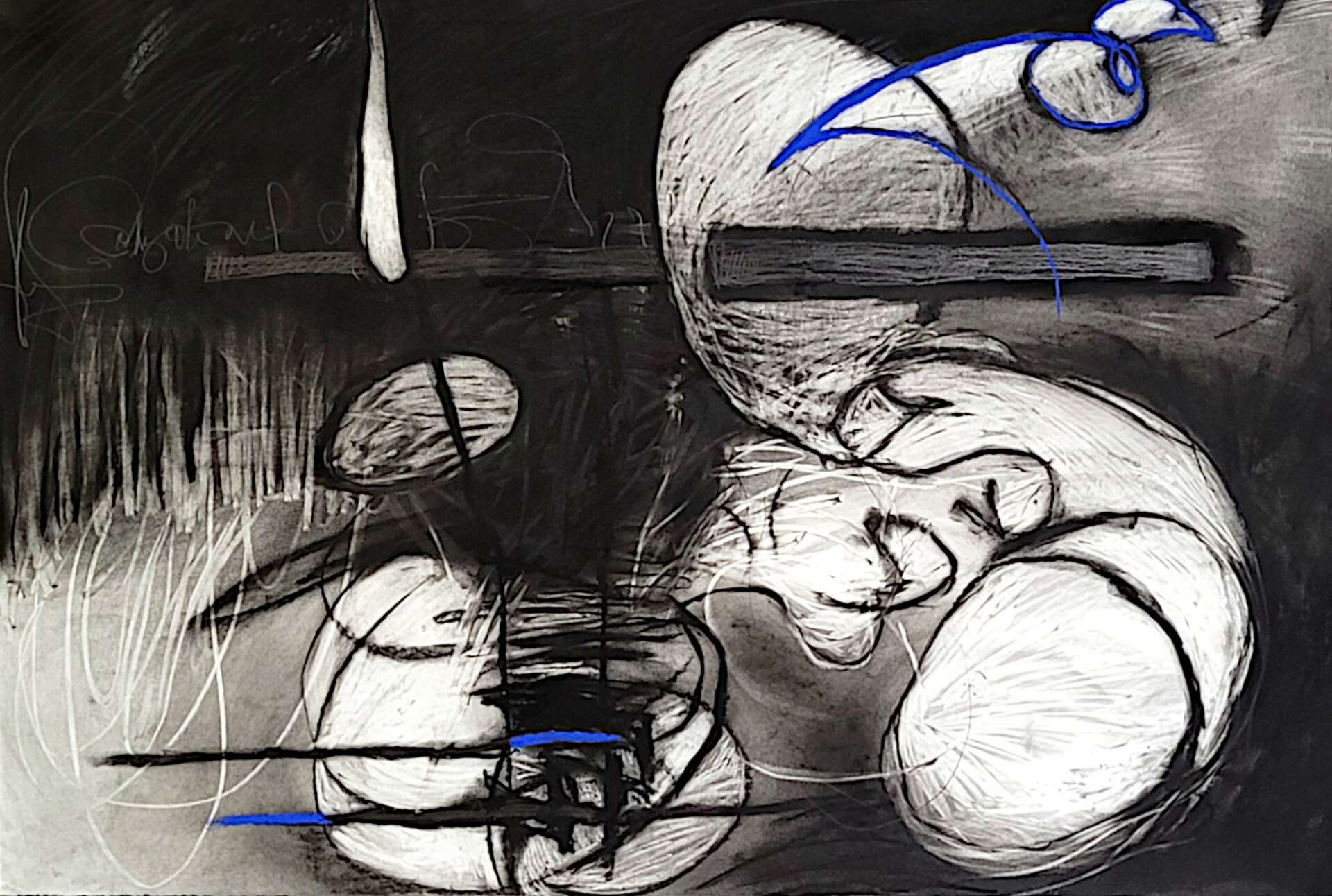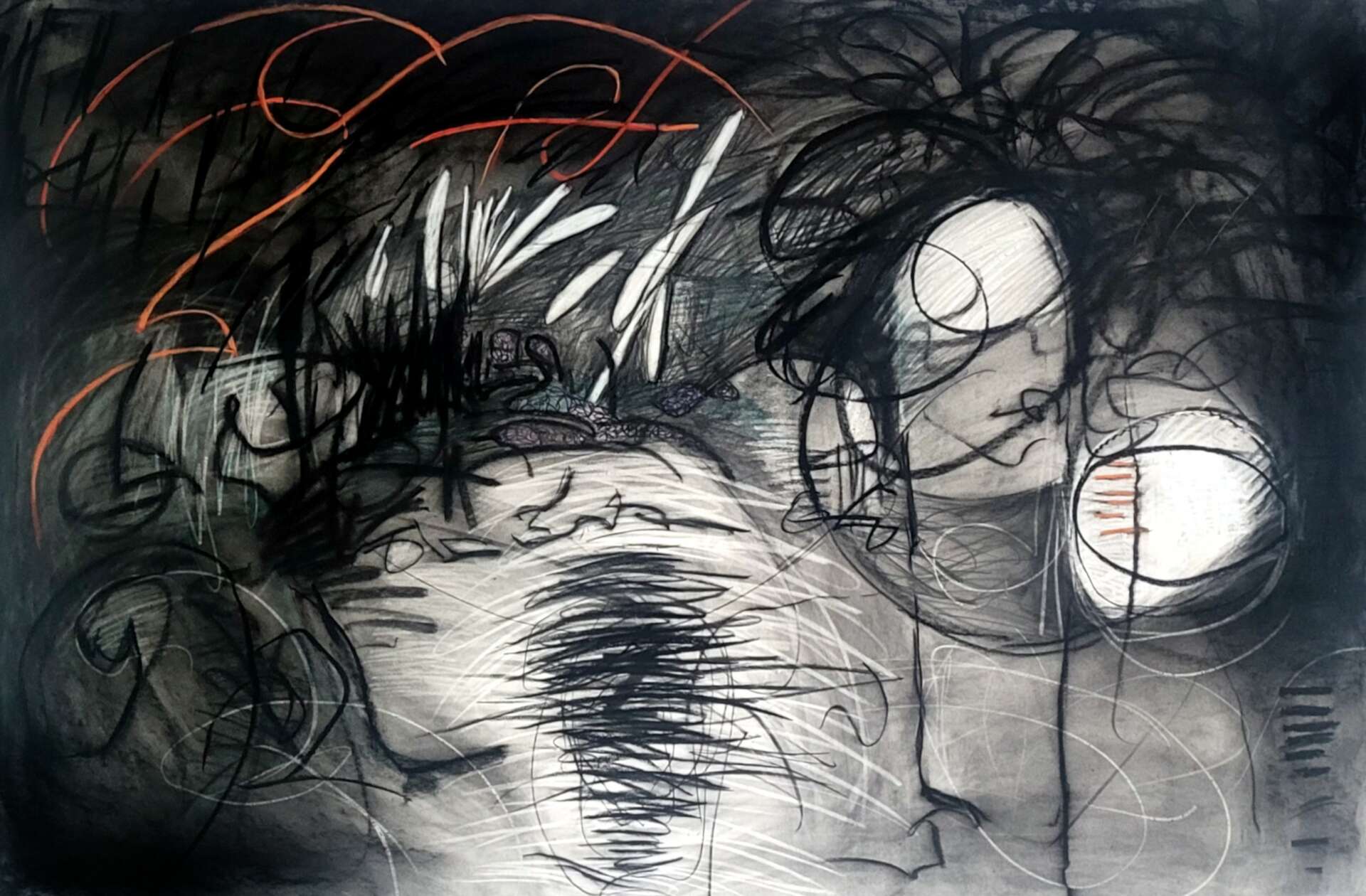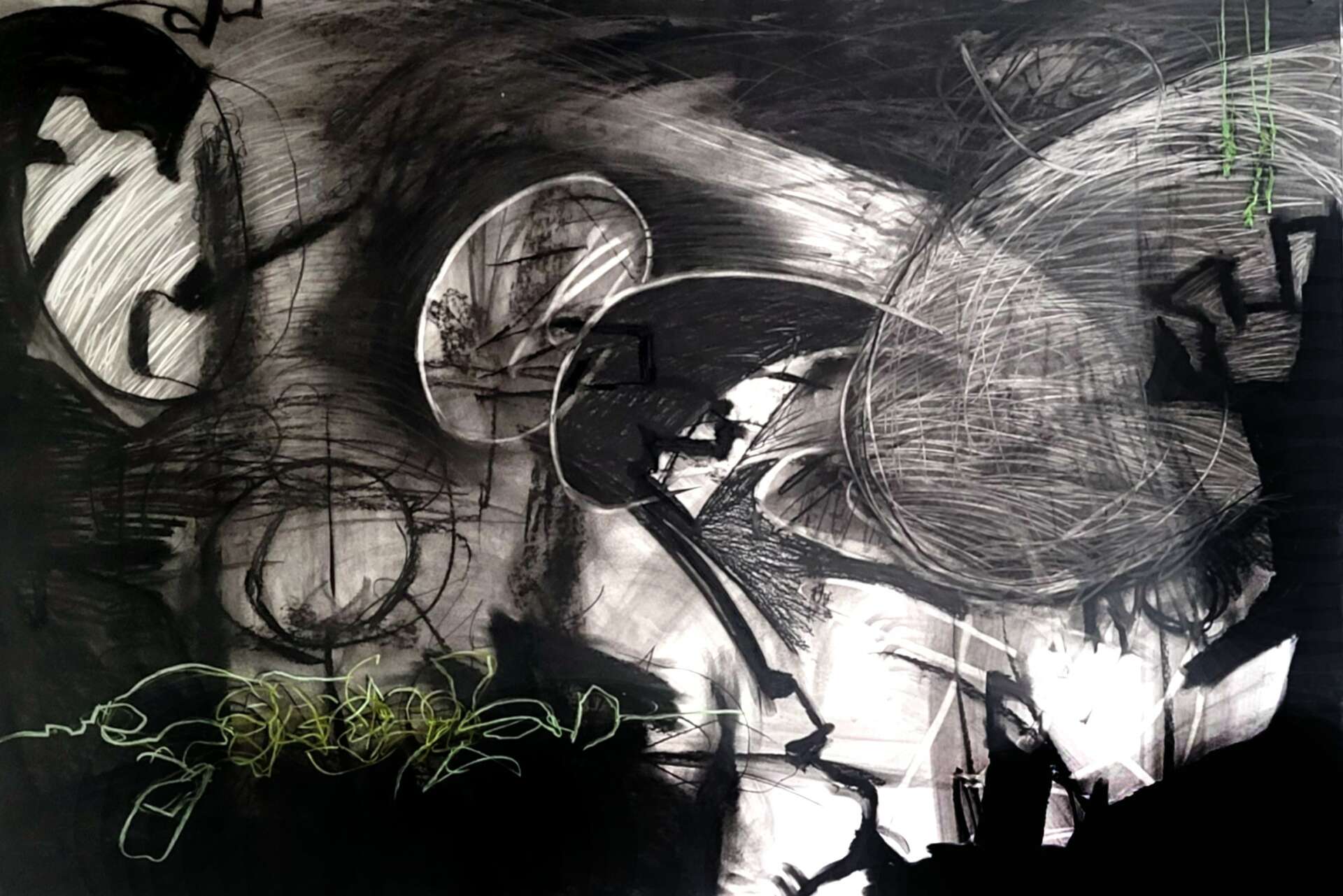Alright – so today we’ve got the honor of introducing you to Mark Brasuell. We think you’ll enjoy our conversation, we’ve shared it below.
Mark, thanks for joining us, excited to have you contributing your stories and insights. Are you able to earn a full-time living from your creative work? If so, can you walk us through your journey and how you made it happen?
I’ve been making art since I was nine years old in 1976. Back then, my mom hired a tutor for me because there was no art education in my school or any nearby schools. That’s when I realized I had a knack for it and wanted art to be my whole life. But boy, did I underestimate the fact that being an artist means you have to sell your work. Sometimes, the pressure to sell can stifle artists and make them create stuff that doesn’t really represent their true style.
Some might call it taking the easy way out or selling out, but I’ve never caved into the idea of producing subpar or commercially-driven art just to make a buck. I’ve stayed true to my artistic vision and created a body of work that has been valued by collectors, displayed in museums, and even commissioned by businesses. It’s given me a reputation as an artist who supports themselves through their own art. Of course, like most artists, I have a side gig. In my case, I’m an Assistant Professor at Naropa University in Boulder.
Teaching helps pay the bills, but it’s not my main focus as an artist. I genuinely enjoy teaching and sharing my knowledge and passion with others, but at the end of the day, I’m a working artist. That means I’m dedicated to both creating and educating. I’ve never understood why some people teach art when they’re not actively making it themselves. Sure, they may have learned the ropes in college, but students crave real-life examples and inspiration to follow. They want someone who can show them what it’s like to be an artist in the trenches.
So, I’ve chosen to stick to my guns and pursue my artistic vision, even if it means not being the most financially successful artist out there. I believe in creating art that speaks to me and others on a deeper level. And by sharing my journey as a working artist with my students, I hope to inspire them to find their own artistic voice and forge their own path in the art world.


Awesome – so before we get into the rest of our questions, can you briefly introduce yourself to our readers.
I’m originally from West Texas, specifically a small town called Roscoe, home to around 1,300 people. It was a town where everyone knew everyone, and if you were any different from the “normal people,” then you didn’t belong, or you were considered evil or a bad person, etc. etc. etc. So, you can imagine that when I had the chance, I got the hell out of Dodge. In the late 1980s, I made my way to Denver to pursue a master’s degree at the University of Denver.
My journey as an artist began when I was about nine years old, and I quickly became enamored with it. One of my most enduring memories was in high school when I participated in a scholastic event called “picture memory,” where I had to memorize 300 different paintings, including the artists behind them. This experience had a profound impact on me and solidified my passion for art. I encountered works by artists like Jackson Pollock, Franz Kline, Cézanne, and, of course, Rothko, but also newer artists like Anselm Kiefer. It was my first exposure to abstraction, and I felt a deep connection to that style.
When you live in a small town, sometimes it’s just about knowing everything. You know your neighbors, know your place in life, but I wanted to know something else, something more creative, something I had never seen before.
As an artist, I approach abstraction in a unique way by infusing it with meaning and conceptual ideas, which goes against the traditional notion of pure abstraction. For me, abstraction is more than just colors, shapes, and forms; it becomes a vessel for conveying deeper messages and emotions. Over the years, if you examine my artwork, you’ll notice that I constantly evolve and explore new avenues. I’m not content with repeating the same painting over and over again just to make a profit. I’ve ventured into installations, sculptures, paintings, drawings, and performances, always seeking the new and the unknown.
Interestingly, some of my artistic idols tend to paint similar subjects repeatedly, but for some reason, I can’t follow suit. I’m always driven to find fresh inspiration and create something that hasn’t been seen before. Currently, my work can be seen at my exhibition titled “Traumwelt Vote” at the 93 Gallery. “Traumwelt” is German for “dreamworld.” In this exhibition, I’ve been delving into the realms of the unconscious and the subconscious. When working with abstraction, I believe that the unconscious mind is the source of imagery and conceptual ideas, emerging from the depths of my own psyche.
Creating something truly unique and unseen is my ultimate goal when diving into abstraction. I believe that tapping into the unconscious mind allows for endless possibilities and opens doors to unexplored artistic territories. In “Traumwelt,” (Dreamworld in English), I aim to transport viewers into a dreamlike realm, where imagination and hidden meanings intertwine. You might even see something in my heart that you have never seen before.



What’s the most rewarding aspect of being a creative in your experience?
Ever since I started making art on a more serious level around the age of nine, my main goal has been something very vain, actually. I wanted to be famous and remembered, but the reality of that is always hit and miss. Nevertheless, I have been fortunate to achieve some recognition for my work. For instance, I have a group artwork in the Denver Art Museum and my pieces are part of important collections around the United States. Additionally, I’ve won many “Best of Denver” awards from Westwood magazine, about six or seven, and have received very positive reviews.
However, being a successful artist is not just about accolades; it’s primarily a lot of hard work. While some artists strike gold early in their careers, most of us go through a journey of ups and downs. After my first show in Denver, where my art won best installation, I found my groove with abstraction and began a long journey to create artwork that no one has ever seen before.
The advantage of being a creative person is having the freedom to explore your ideas fully, especially as an independent artist or a part of cooperatives like those in Denver. I am an original member of the EDGE gallery and have been showing in Denver for about 30 years. The ability to focus on your creative vision is immense and something that people in regular jobs often don’t get to experience.
However, being a creative person also comes with challenges. Some people may think that creativity is easy and that you can do whatever you want to be loved and appreciated. In reality, it’s not always like that. While some will understand and appreciate your creative instincts, others may be indifferent or even critical. Embracing this dichotomy is something that artists often struggle with, but I’ve learned to embrace it. My main motivation for creating art is not to seek validation or compliments; it’s about expressing something that is close and dear to my heart and sharing it with the public, with the hope of connecting with some people on a deeper level.
Making art is not a sporadic event; it’s a daily commitment. As Andy Warhol said, “Art is work,” and to create art, you need to work every day. It involves carrying a sketchbook around, being inquisitive, talking to other people, and even trying new things that you have never done before.
Lately, I’ve been on a quest to understand myself better and how my brain influences my art. I’ve been reading extensively about the unconscious and subconscious mind and trying to apply that knowledge to my art, tapping into resources that I haven’t explored before. It’s an exciting journey, and I cherish all the creatively inspiring people I have met along the way. Their work motivates me to keep creating, regardless of applause or recognition.



Let’s talk about resilience next – do you have a story you can share with us?
This is not a singular story; it happens periodically with my work. There are moments when I get on artistic rides, creating tons of art, and thoroughly enjoying the process. I find myself thinking that the current artwork is the best I’ve ever done—a sentiment that I’ve likely expressed before, almost with every show. And in a way, it’s true. My work isn’t about dwelling on the past or focusing solely on the future. It’s about what I am doing right now, capturing specific points in my life—traumas, happiness, good fortune, and the occasional goof-up—all of which contribute to what I pour my heart into.
One particular show, “Shöne Bilder, (Pretty Pictures in English” stands out in my memory. The main thesis of that work was to create pastel drawings that were incredibly bright and complex, while also carrying deeper meanings. Some pieces delved into personal aspects of my life, while others celebrated the beauty of existence. The exhibition was hosted at Spark Art Gallery, alongside fellow artists Leo Franco and Craig Robb. At the time, everything seemed perfect, and I was elated with the work, confident that I had expressed what I wanted to convey. However, reality set in, and despite my initial enthusiasm, the show didn’t receive much attention—no reviews, no sales, and even the first sale fell through. It was a challenging and dark time, but I didn’t let it deter me. I kept going, doing what I do best.
A year later, a turning point occurred when Paul Dorrell, director of Leopold Gallery, from Kansas City, Missouri, visited my studio. He was blown away by the work from that show and took almost every piece, successfully selling them within a couple of months.
Similar occurrences have happened to me several times, where artwork didn’t sell for years, and then suddenly, someone discovers it—either through my website or through others’ purchases—and finds a new home for it. The lesson here is that it’s okay to believe in your greatness and originality as an artist, but if the audience doesn’t respond immediately, you can’t let it discourage you. Keep doing what you love, do it well, and do it often. Who knows, in the future, you might have someone buying an entire show from you or receiving accolades you never thought possible. Even if those things don’t happen, your work still holds value and has its place. It might be challenging, but it’s undoubtedly worth it.
Contact Info:
- Website: www.markbrasuell.com
- Instagram: @brasuell
- Facebook: https://www.facebook.com/mark.brasuell.5/
- Twitter: @markbrasuellart
- Youtube: @MarkBrasuellArtist
- Other: www.leopoldgallery.com www.edgeart.org


